Home>Articles>How To Change The Color Of Granite Countertops
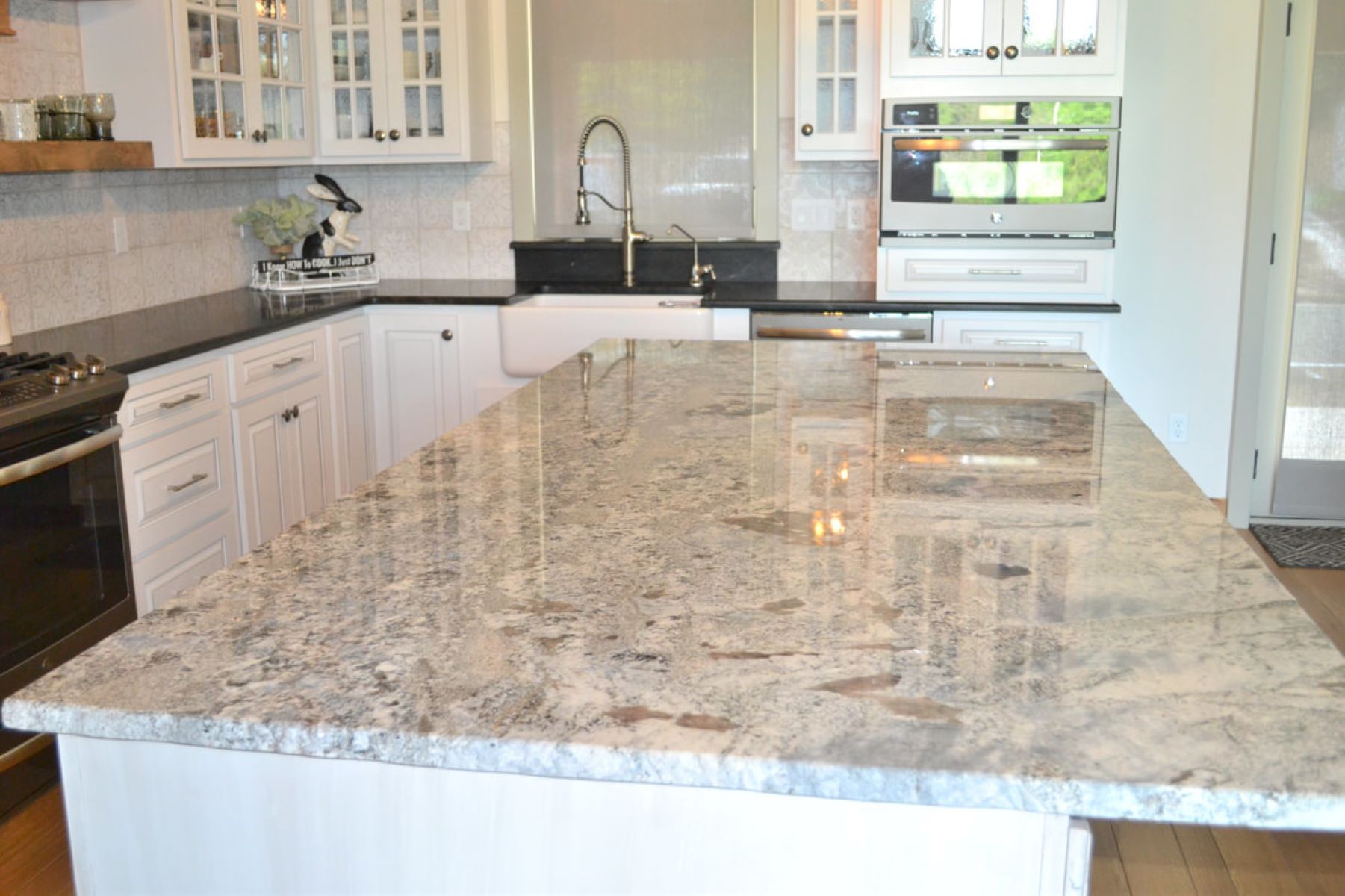

Articles
How To Change The Color Of Granite Countertops
Modified: May 6, 2024
Learn how to change the color of your granite countertops with these informative articles. Transform your kitchen or bathroom with ease and style.
(Many of the links in this article redirect to a specific reviewed product. Your purchase of these products through affiliate links helps to generate commission for Storables.com, at no extra cost. Learn more)
Introduction
Granite countertops are a popular choice for homeowners due to their durability, aesthetic appeal, and resistance to heat and scratches. However, over time, you may find yourself wanting a change in the color of your granite countertops to match a new kitchen design or to freshen up the space. Luckily, changing the color of granite countertops is possible, and there are several methods you can use to achieve the desired result.
In this article, we will guide you through the process of changing the color of your granite countertops, from understanding the material to applying the colorant and ensuring its long-lasting results. We will also provide tips on maintaining the new color to keep your countertops looking beautiful for years to come.
Before diving into the color-changing process, it’s important to have a basic understanding of what granite countertops are and why you might want to change their color.
Key Takeaways:
- Transform your kitchen or bathroom by changing the color of your granite countertops to match your style and freshen up the space. Whether it’s for renovation, personal preference, or restoring an old countertop, understanding the process and proper maintenance will ensure a successful color change.
- Choose the right coloring method, whether it’s paint, stain, or epoxy resin, to achieve the desired color and finish. Properly preparing the countertops, applying the colorant, and implementing maintenance tips will help maintain the new color and ensure its longevity.
Read more: How To Restore Granite Countertops
Understanding Granite Countertops
Granite countertops are made from natural stone that is formed over millions of years deep within the Earth’s crust. This rock is known for its durability, strength, and unique veining patterns that add character and beauty to any kitchen or bathroom. Granite countertops are highly sought after due to their resistance to heat, scratches, and stains, making them an ideal choice for busy households.
However, there may come a time when you want to change the color of your granite countertops. There are several reasons why you might consider doing this:
1. Renovation: If you are redesigning your kitchen or bathroom, changing the color of your granite countertops can help create a fresh, updated look. By selecting a new color that complements your new design scheme, you can completely transform the overall aesthetic of the space.
2. Personal Preference: Everyone has different tastes and preferences, and what may have appealed to you when you initially installed your granite countertops may no longer suit your style. Changing the color allows you to customize your countertops to better reflect your personal aesthetic.
3. Repairing Damage: If your granite countertops have suffered from chips, stains, or other damage that cannot be repaired or removed, changing the color can help disguise or minimize the appearance of imperfections. This is especially useful if the damage is extensive or in a highly visible area.
4. Restoring an Old Countertop: Over time, granite countertops can fade or lose their luster, making them look tired and worn. Changing the color can rejuvenate the surface and bring back its original beauty.
By understanding the purpose behind changing the color of your granite countertops, you can make an informed decision on which method to choose and be on your way to a fresh new look for your kitchen or bathroom.
Preparing the Countertops for Color Change
Before you begin the process of changing the color of your granite countertops, it’s important to ensure that they are properly prepared. This involves cleaning the countertops, sanding the surface, and masking off the surrounding area to protect it from any accidental spills or splatters.
Cleaning the countertops: Start by thoroughly cleaning the countertops to remove any dust, dirt, grease, or other debris that may prevent the colorant from properly adhering to the surface. Use a mild detergent or granite cleaner and a soft cloth or sponge to gently scrub the countertops. Rinse with clean water and dry them completely with a clean, lint-free cloth.
Sanding the surface: If your granite countertops have a shiny or polished finish, it’s important to lightly sand the surface to create a rougher texture. This will help the colorant adhere better to the granite. Use a fine-grit sandpaper and gently sand the entire surface of the countertops in a circular motion. Be careful not to press too hard and avoid creating deep scratches.
Masking off the surrounding area: To protect the surrounding areas, such as cabinets, walls, or floors, from accidental spills or splatters, it’s essential to properly mask them off. Use painter’s tape and plastic sheets to cover the areas adjacent to the countertops. Ensure that the plastic sheets are securely taped down to create a barrier that will prevent any colorant from seeping onto the surfaces.
By adequately preparing your countertops, you create an ideal surface for applying the colorant and minimize the risk of damaging other areas during the color-changing process. Take your time with this step to ensure a smooth and successful color change.
Choosing the Right Coloring Method
When it comes to changing the color of your granite countertops, there are several methods you can choose from. The method you select will depend on the desired outcome, your skill level, and the type of finish you want to achieve. Here are three common options:
1. Paint: Using paint to change the color of your granite countertops is a popular and cost-effective method. It allows for a wide range of color options and gives you control over the intensity of the color. Prior to applying any paint, make sure to use a primer specifically designed for stone surfaces to ensure proper adhesion. You can then use a paintbrush or a foam roller to apply the paint evenly, working in small sections. After the paint has dried completely, seal it with a clear topcoat to protect the color and enhance durability.
2. Stain: Staining is another option for changing the color of your granite countertops. Stain is absorbed into the porous surface of the stone, creating a natural-looking blend of colors. Before applying the stain, ensure that the countertops are clean and dry. Use a brush or a sponge to apply the stain in small sections, working it into the surface. Allow the stain to penetrate for the recommended time, and then wipe off any excess. Finish the process by applying a sealant to protect the stain and enhance the color.
3. Epoxy resin: Epoxy resin offers a more durable and long-lasting solution for changing the color of your granite countertops. It creates a thick, glossy, and seamless finish that can mimic the look of natural stone or achieve a more unique and artistic effect. Epoxy resin is typically mixed with pigments to create the desired color. The application process involves pouring and spreading the resin mixture over the countertops, ensuring even coverage. Allow the resin to cure and then sand the surface to remove any imperfections. Finally, apply a clear topcoat to seal the resin and provide added protection.
Consider your preferences and the level of skills you possess before choosing the coloring method. If you’re uncertain or want professional results, it’s advisable to consult with a professional contractor or a specialist in countertop refinishing.
To change the color of granite countertops, you can use a granite-specific color enhancing sealer. This will deepen the natural color of the stone and give it a new look. Be sure to clean and dry the countertops before applying the sealer for best results.
Applying the Colorant
Once you have chosen the coloring method for your granite countertops, it’s time to apply the colorant. The application process will vary depending on whether you are using paint, stain, or epoxy resin. Here’s a breakdown of each method:
1. Applying paint: Start by ensuring that the countertops are clean and dry. Apply a primer specifically designed for stone surfaces to promote better adhesion. Use a paintbrush or a foam roller to evenly apply the paint to the surface, working in small sections. Be sure to follow the manufacturer’s instructions regarding drying time between coats. Apply additional coats if necessary to achieve the desired color saturation. Once the paint has dried completely, seal it with a clear topcoat to enhance durability and protect the color.
2. Applying stain: Clean and dry the countertops before applying the stain. Using a brush or a sponge, apply the stain to the surface in small sections, working it into the porous stone to ensure even coverage. Allow the stain to penetrate for the recommended time as specified by the manufacturer. Wipe off any excess stain with a clean cloth or sponge. Repeat the process if a deeper or more vibrant color is desired. To ensure longevity and protect the color, apply a sealant over the stained surface.
3. Applying epoxy resin: Mix the epoxy resin with the appropriate pigments according to the manufacturer’s instructions to create the desired color. Pour the mixture onto the countertops and spread it evenly using a notched trowel or a squeegee. Make sure to work in small sections and spread the resin thinly and evenly. Use a heat gun or a torch to remove any air bubbles that may appear on the surface. Allow the resin to cure for the recommended time as specified by the manufacturer. Once cured, sand the surface to remove any imperfections and apply a clear topcoat to seal the resin and provide added protection.
Each method requires attention to detail and following the instructions provided with the specific products you are using. Take your time during the application process to achieve a smooth and professional-looking finish.
Read more: How Are Granite Countertops Made
Curing and Sealing the Countertops
After applying the colorant to your granite countertops, it’s important to allow it to properly cure and then seal the surface to protect the color and ensure its longevity. Here are the necessary steps to follow:
Allowing the colorant to dry: Depending on the coloring method you used, you’ll need to allow sufficient drying time for the colorant to fully set. Follow the manufacturer’s instructions provided with the specific product to determine the drying time. Avoid placing any objects on the countertops or using them until the colorant is completely dry to prevent any damage or smudging.
Applying a sealant: Once the colorant has dried, it’s crucial to apply a sealant to protect the new color and provide additional durability to your granite countertops. Select a sealant that is specifically formulated for use on granite surfaces. Carefully read and follow the instructions provided by the manufacturer for application and drying times.
Before applying the sealant, ensure that the countertops are clean and dry. Use a soft cloth or a sponge to evenly apply the sealant to the entire surface, working in small sections. Pay extra attention to the edges and corners to ensure thorough coverage. Allow the sealant to dry completely as specified by the manufacturer’s instructions.
It’s important to note that the sealant may need to be reapplied periodically to maintain the protection and appearance of your newly changed color. Consult the manufacturer’s guidelines to determine the recommended frequency for resealing your granite countertops.
By allowing the colorant to cure and applying a sealant, you protect the new color and enhance the overall longevity and durability of your granite countertops. This final step ensures that your color change lasts for years to come, keeping your countertops looking fresh and vibrant.
Maintaining the New Color
Once you have successfully changed the color of your granite countertops, it’s important to implement proper maintenance practices to keep the new color looking fresh and vibrant. Here are some essential tips to help you maintain the newly transformed appearance:
Regular cleaning tips: To keep your granite countertops looking their best, regularly clean them using a mild detergent or granite cleaner specifically formulated for stone surfaces. Avoid using harsh chemicals or abrasive cleaners as they can dull the shine and damage the color. Use a soft cloth or sponge to gently wipe down the countertops, removing any spills, crumbs, or stains. Rinse with clean water and dry thoroughly with a lint-free cloth to prevent water spots or streaks.
Avoiding abrasive materials: Avoid using abrasive materials such as steel wool, scouring pads, or harsh brushes on your granite countertops. These can scratch the surface and damage the color. Instead, opt for gentle cleaning tools like soft microfiber cloths or non-abrasive sponges to remove any dirt or debris. Be mindful of using cutting boards or trivets when placing hot pots or pans on the countertops to prevent direct contact and potential damage.
Preventing stains: Even with the color change, it’s important to take preventative measures to avoid staining your granite countertops. Wipe up any spills immediately, especially those from acidic substances like citrus juices, vinegar, or wine, as they can potentially etch or stain the surface. Use coasters or placemats under glasses, bottles, or cans to protect the countertops from moisture rings or condensation. Avoid placing any items that could potentially leak or leave stains directly on the surface.
Additionally, it’s recommended to reseal your granite countertops periodically to maintain their resistance to stains and enhance their overall protection. Consult the manufacturer’s guidelines or seek professional advice to determine the appropriate frequency for resealing based on the specific sealant used.
By implementing these maintenance tips, you can prolong the life of the new color on your granite countertops and ensure their continued beauty and durability. Regular care and preventative measures will help keep your countertops looking stunning for years to come.
Conclusion
Changing the color of your granite countertops can breathe new life into your kitchen or bathroom, transforming the space and reflecting your personal style. Whether you choose to paint, stain, or use epoxy resin, the process involves careful preparation, precise application, and proper sealing. By following the steps outlined in this article, you can successfully change the color and achieve the desired result.
Understanding the nature of granite countertops and the reasons for wanting a color change is essential before embarking on this project. Renovation, personal preference, repairing damage, or restoring an old countertop are common motivations for changing the color. By recognizing your specific needs, you can make an informed decision about the best approach for achieving the desired outcome.
Preparing the countertops by cleaning, sanding, and masking off the surrounding area ensures a smooth and successful color-changing process. Choosing the right coloring method, whether it’s paint, stain, or epoxy resin, allows you to achieve the desired color and finish. Properly applying the colorant requires attention to detail and following the manufacturer’s instructions for each specific method.
After applying the colorant, allowing it to dry completely and applying a sealant will protect the new color and enhance its durability. Implementing proper maintenance techniques, such as regular cleaning with mild detergents, avoiding abrasive materials, and preventing stains, will help maintain the freshness and vibrancy of the new color.
In conclusion, changing the color of your granite countertops is an exciting project that can provide a fresh and updated look to your kitchen or bathroom. With the right approach and proper maintenance, you can enjoy the beauty and durability of your newly transformed countertops for years to come.
Excited about transforming your space further? Dive into our guide on DIY Home Projects. Here, you'll pick up all sorts of handy tricks to tackle home improvement with your own hands. From simple repairs to more ambitious builds, these projects not only save money but also infuse your home with a personal touch. Ready to get hands-on? Check out our helpful hints and step-by-step instructions to enhance your abode's charm and functionality.
Frequently Asked Questions about How To Change The Color Of Granite Countertops
Was this page helpful?
At Storables.com, we guarantee accurate and reliable information. Our content, validated by Expert Board Contributors, is crafted following stringent Editorial Policies. We're committed to providing you with well-researched, expert-backed insights for all your informational needs.
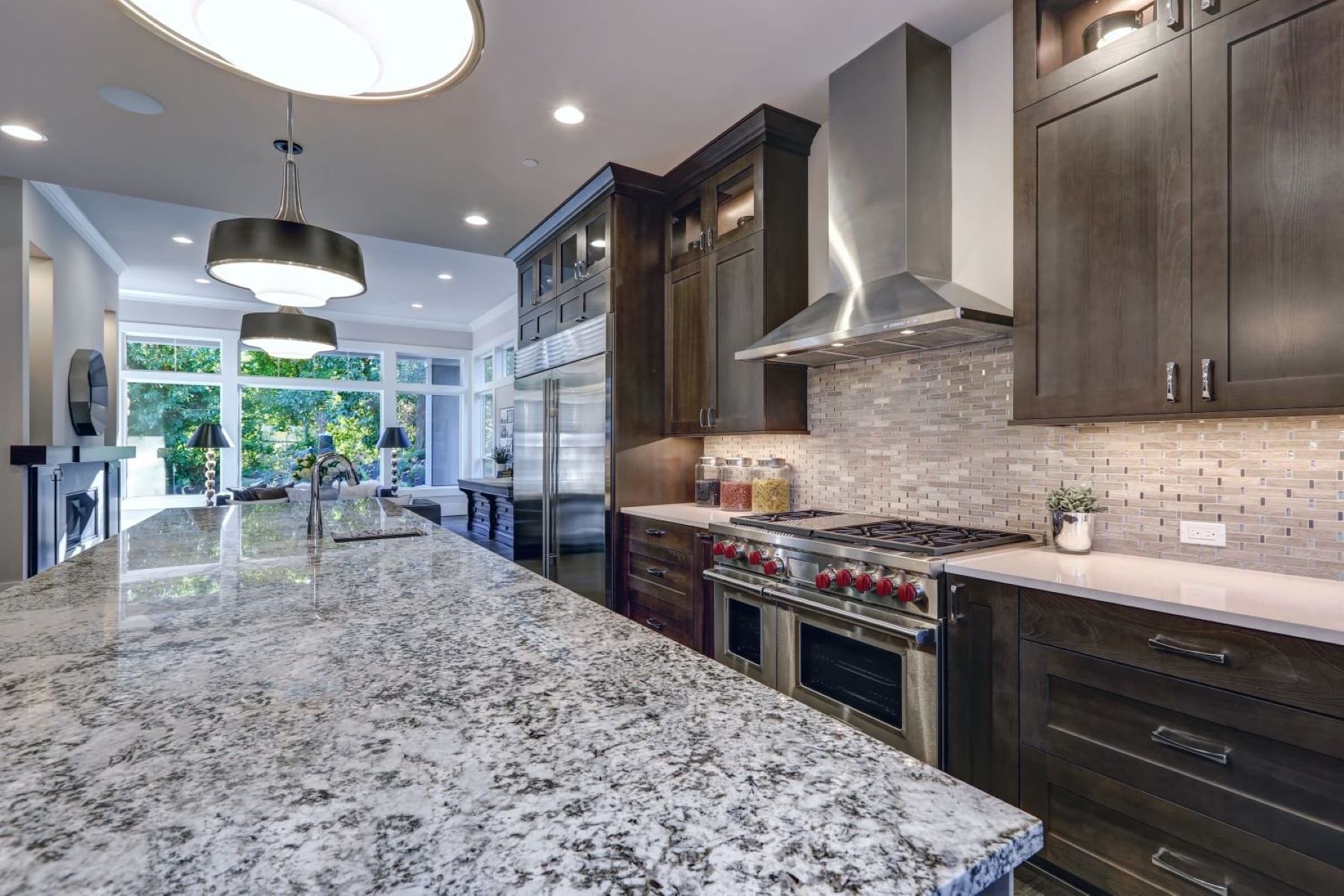
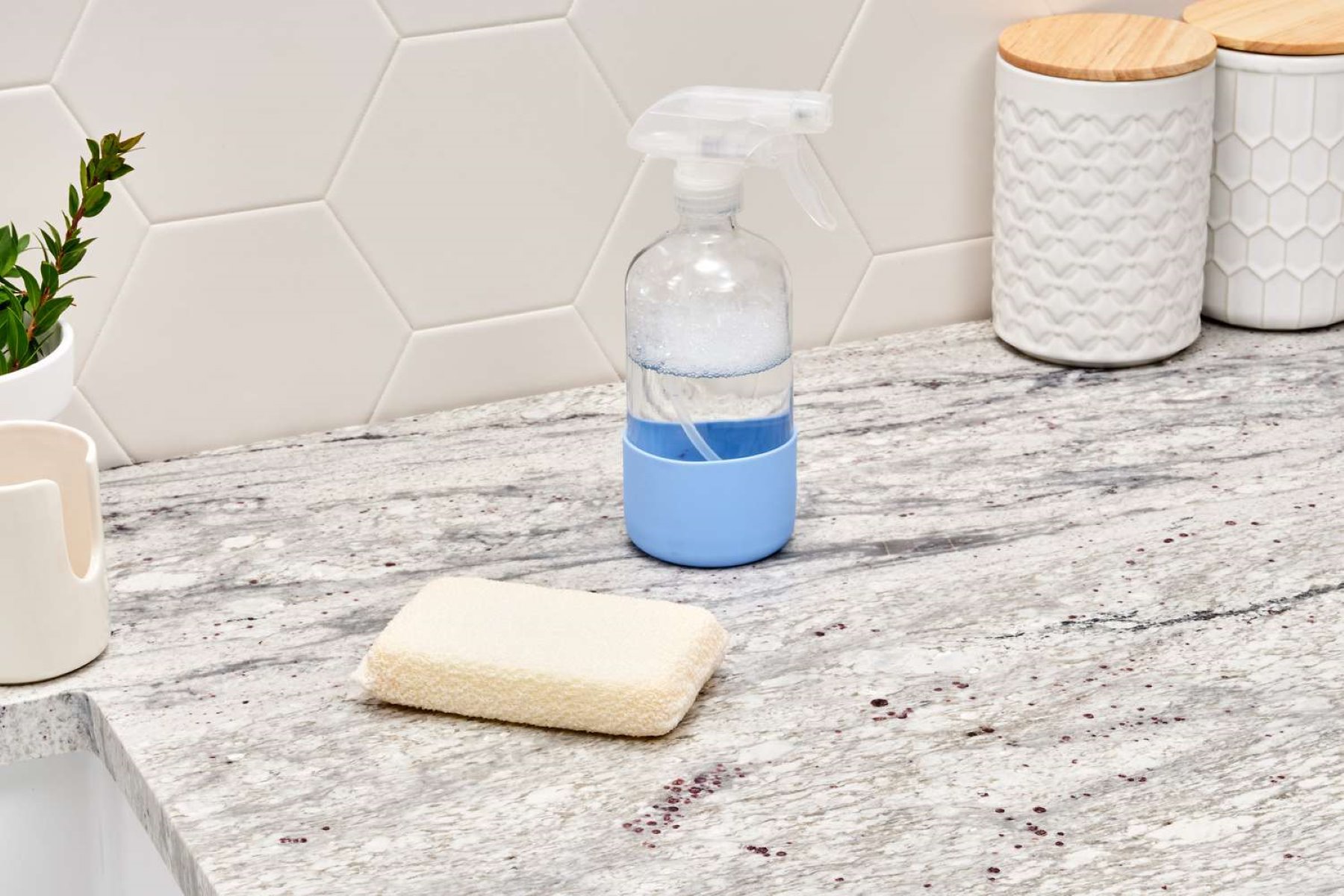
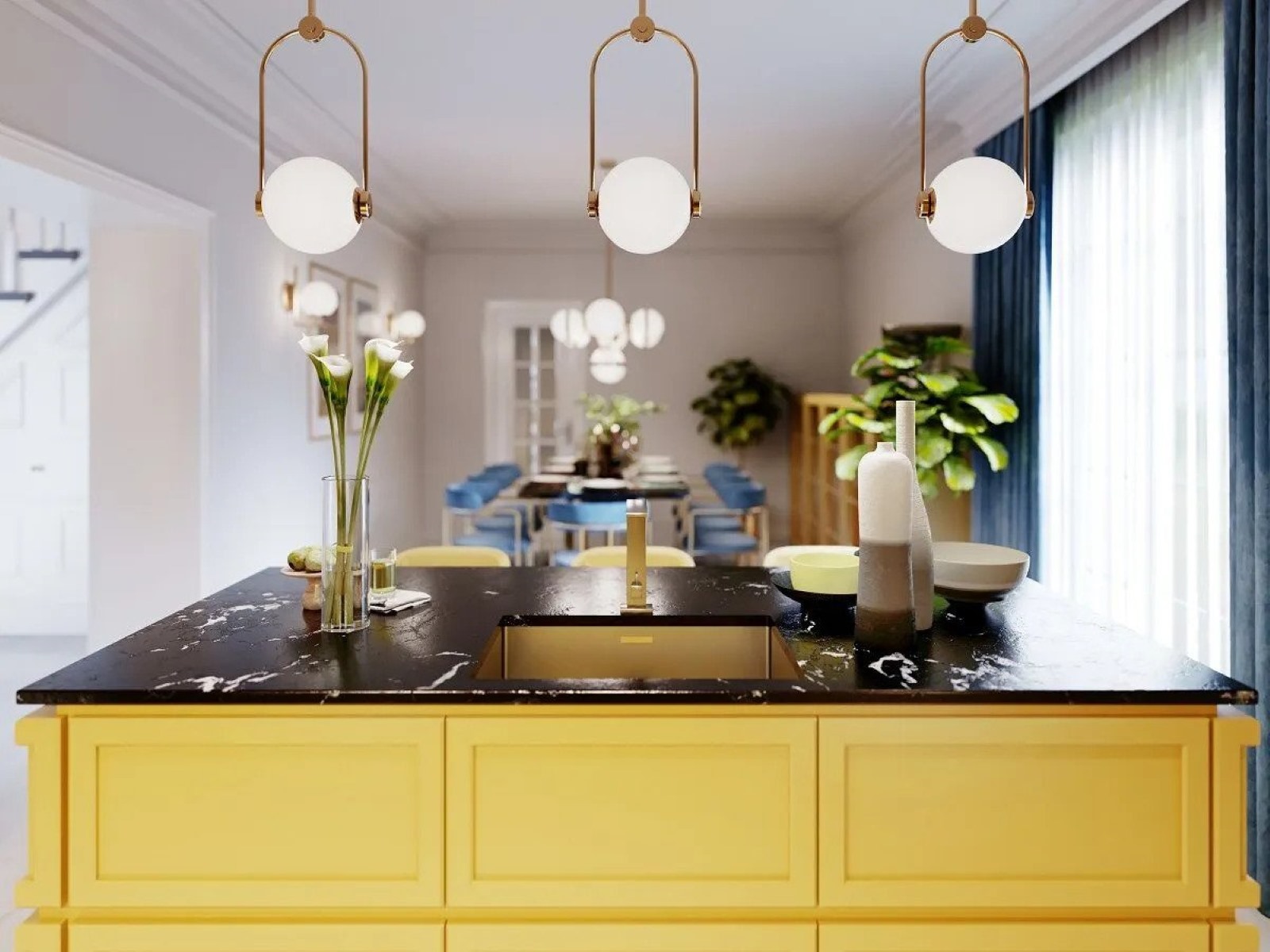
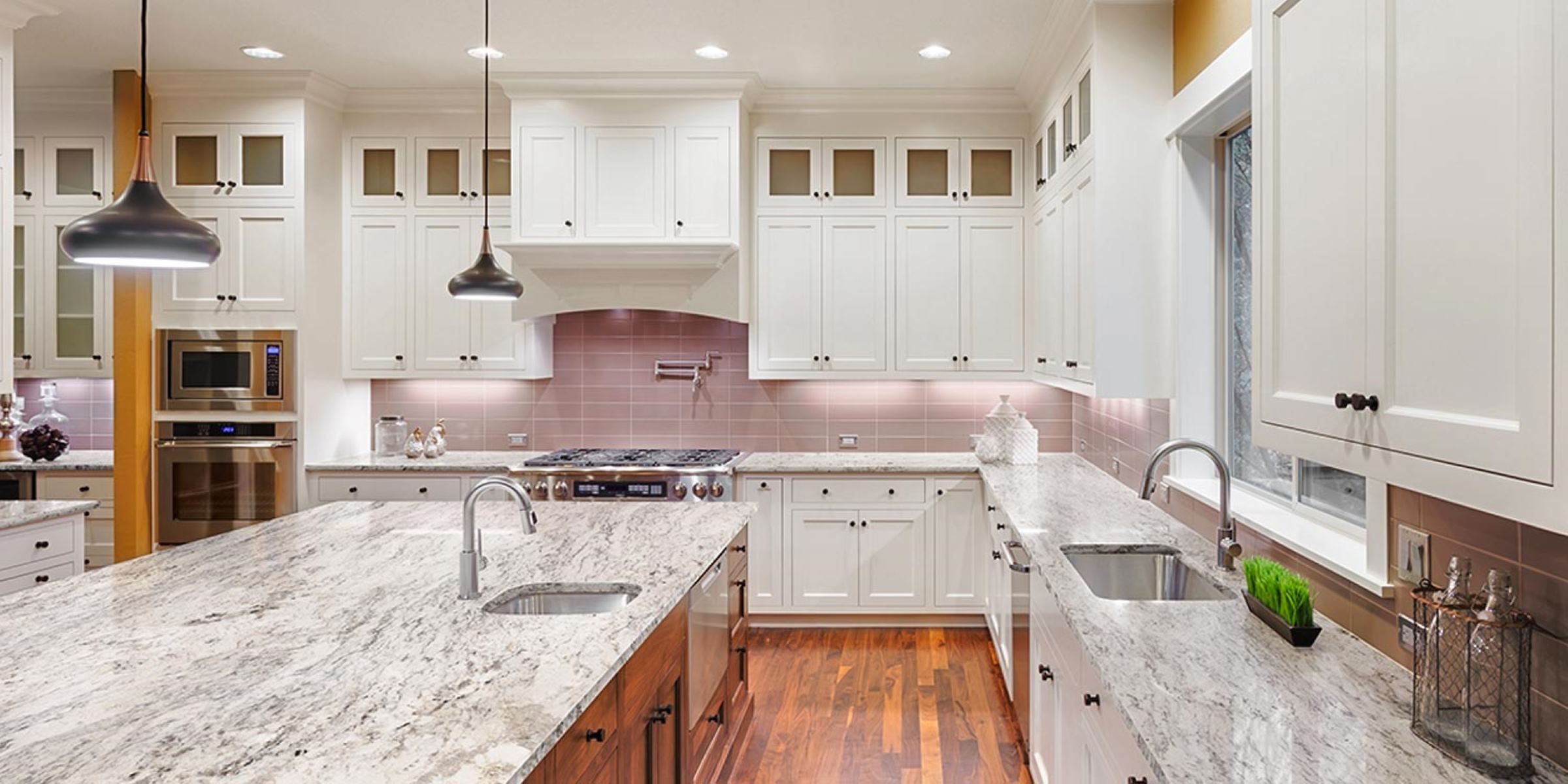
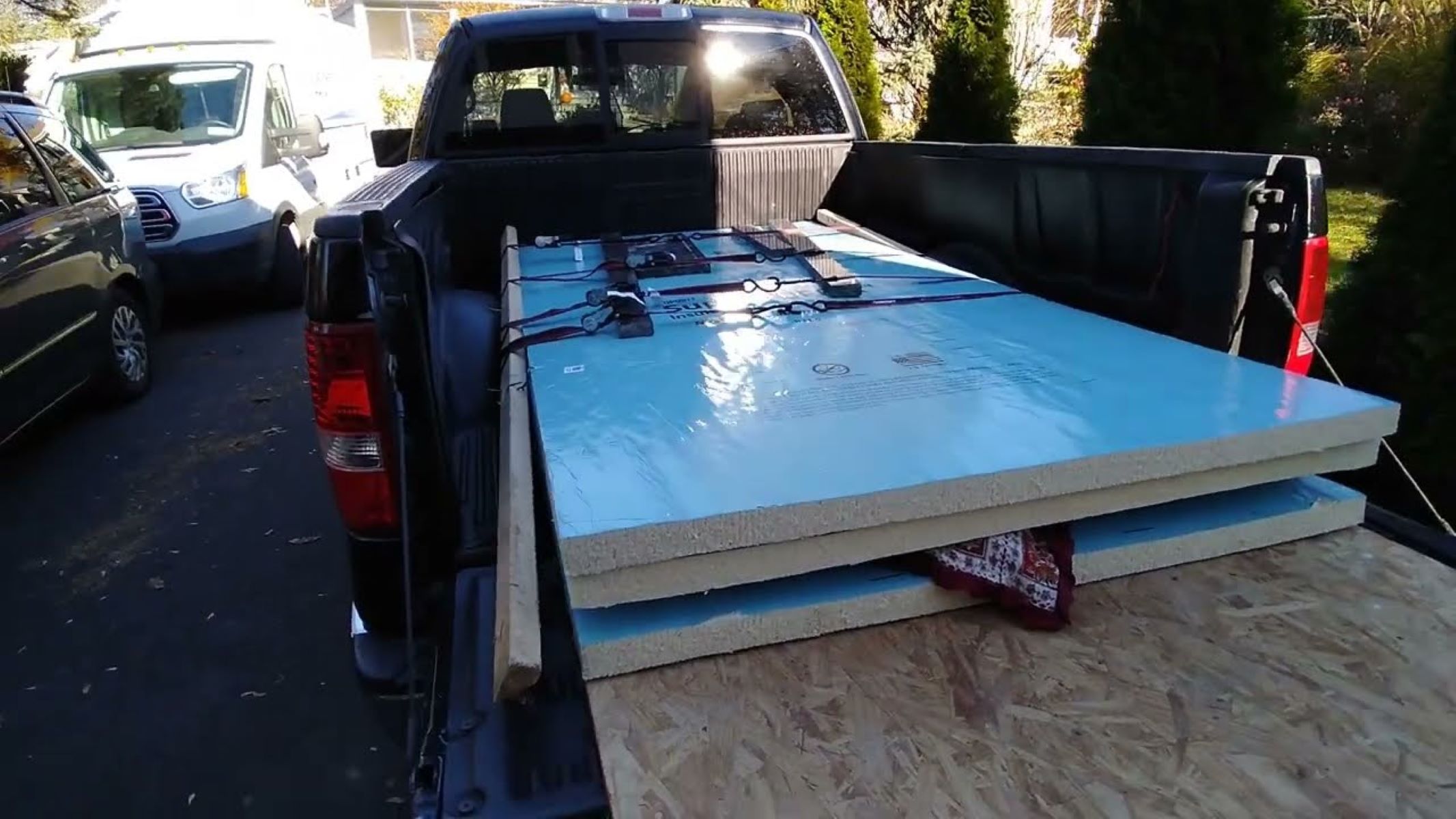

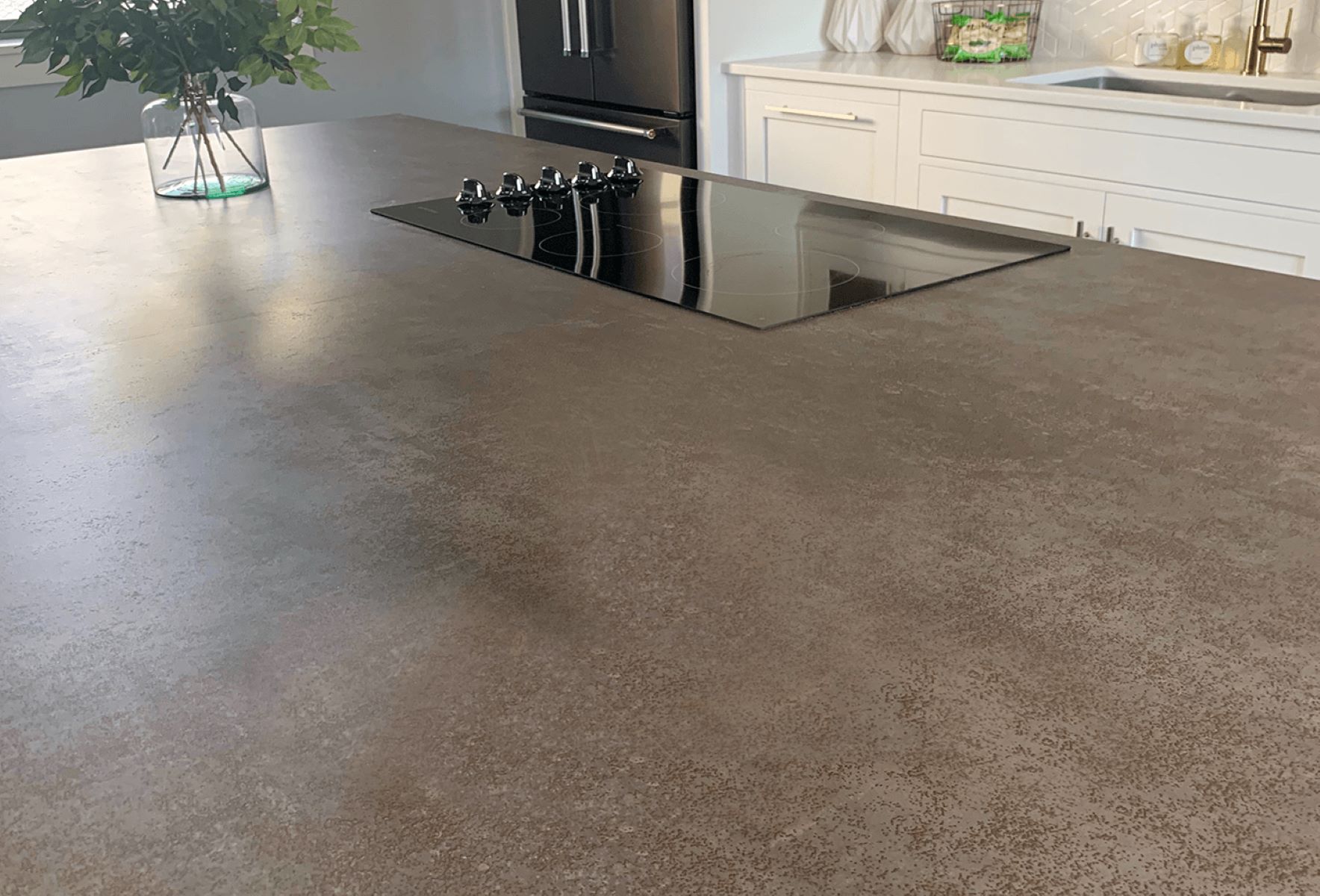
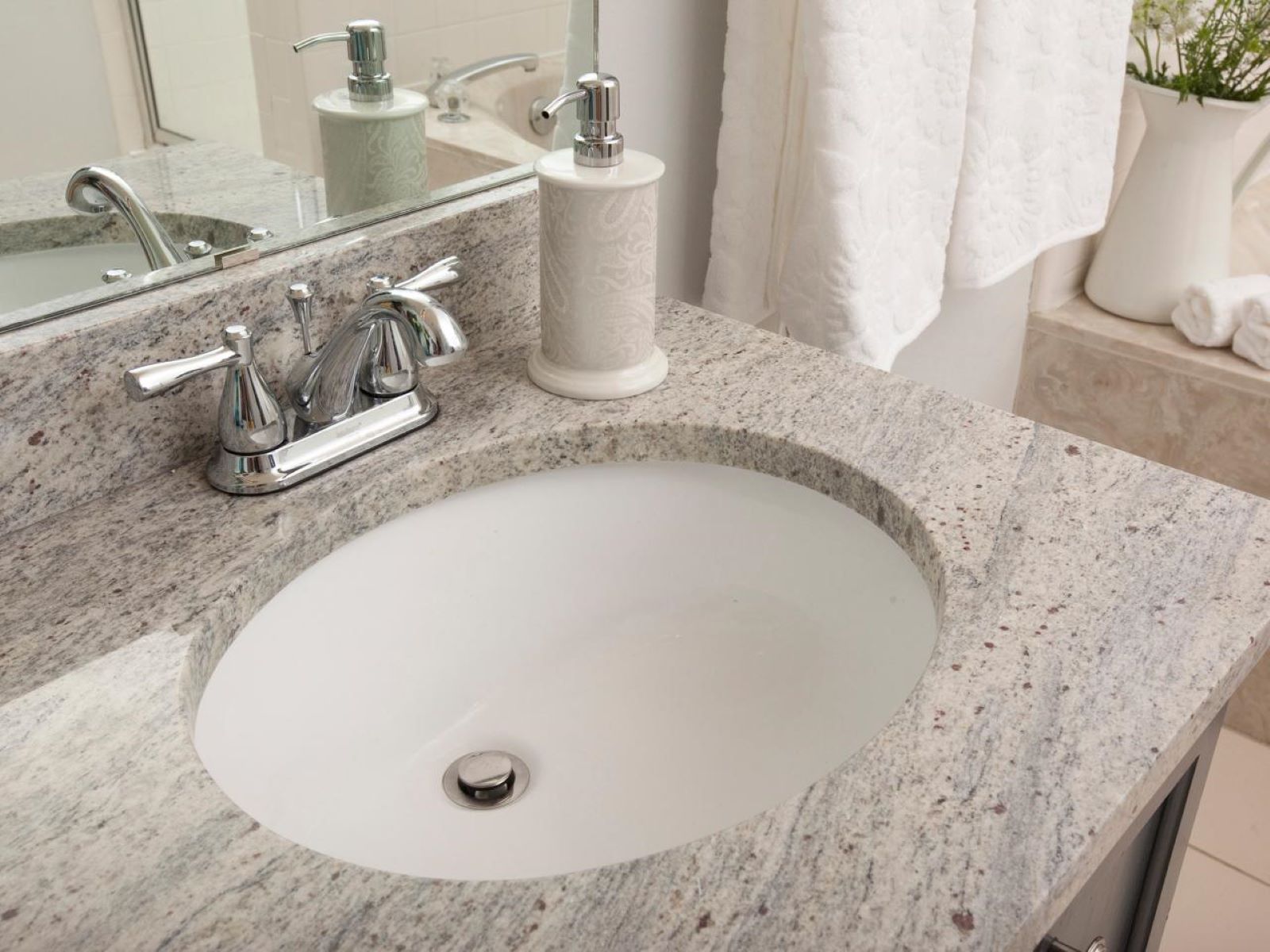
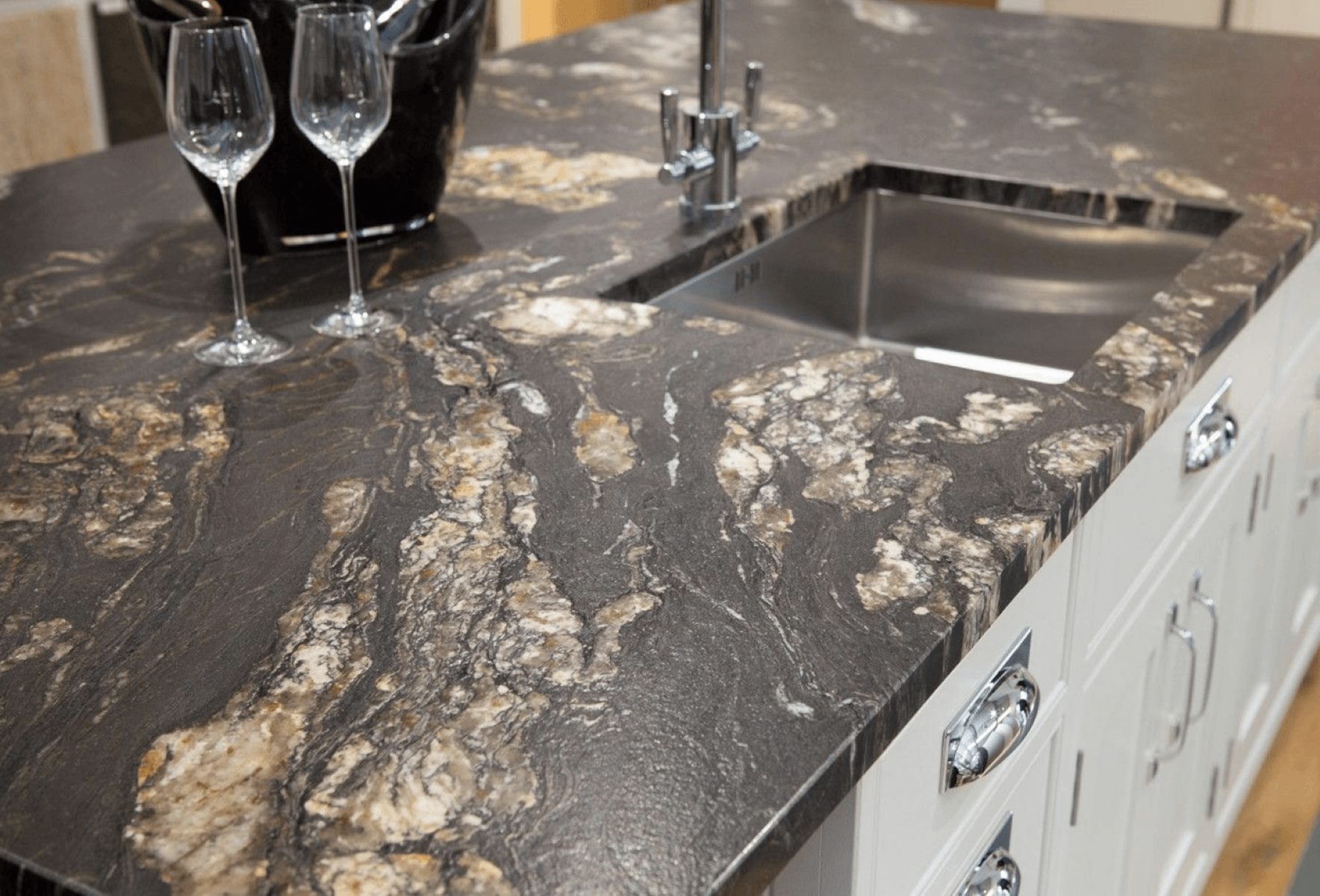
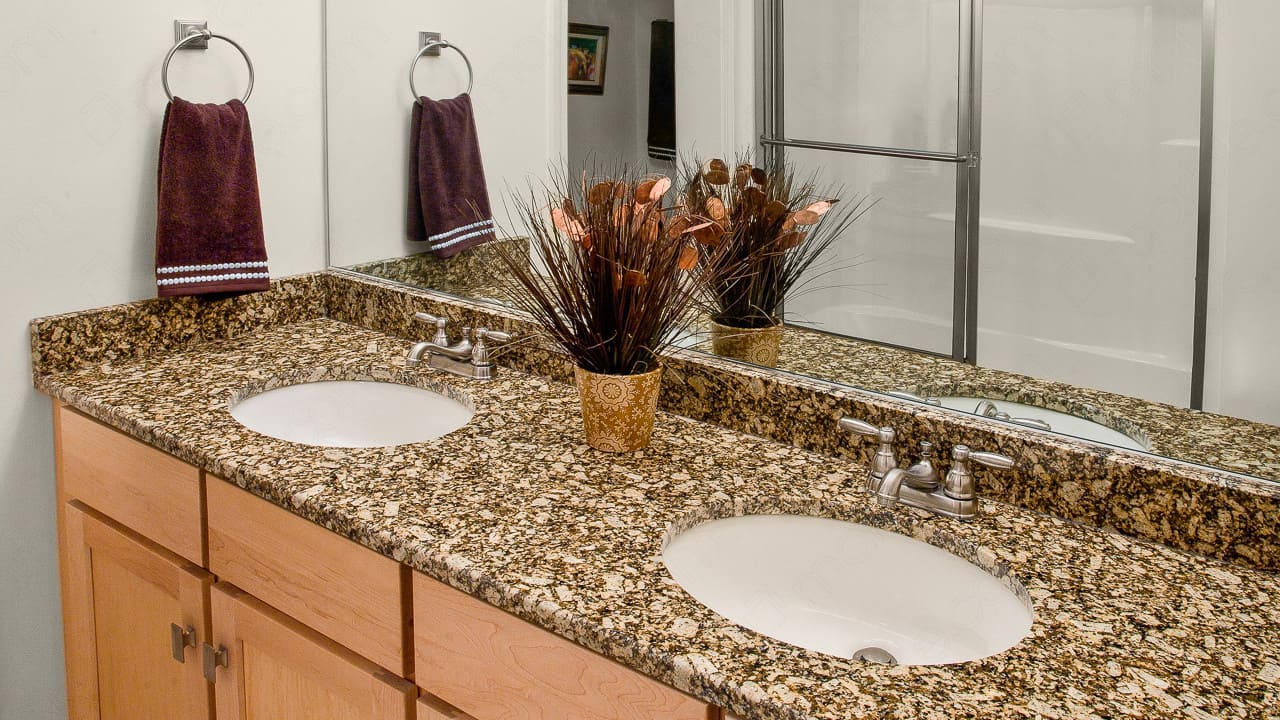
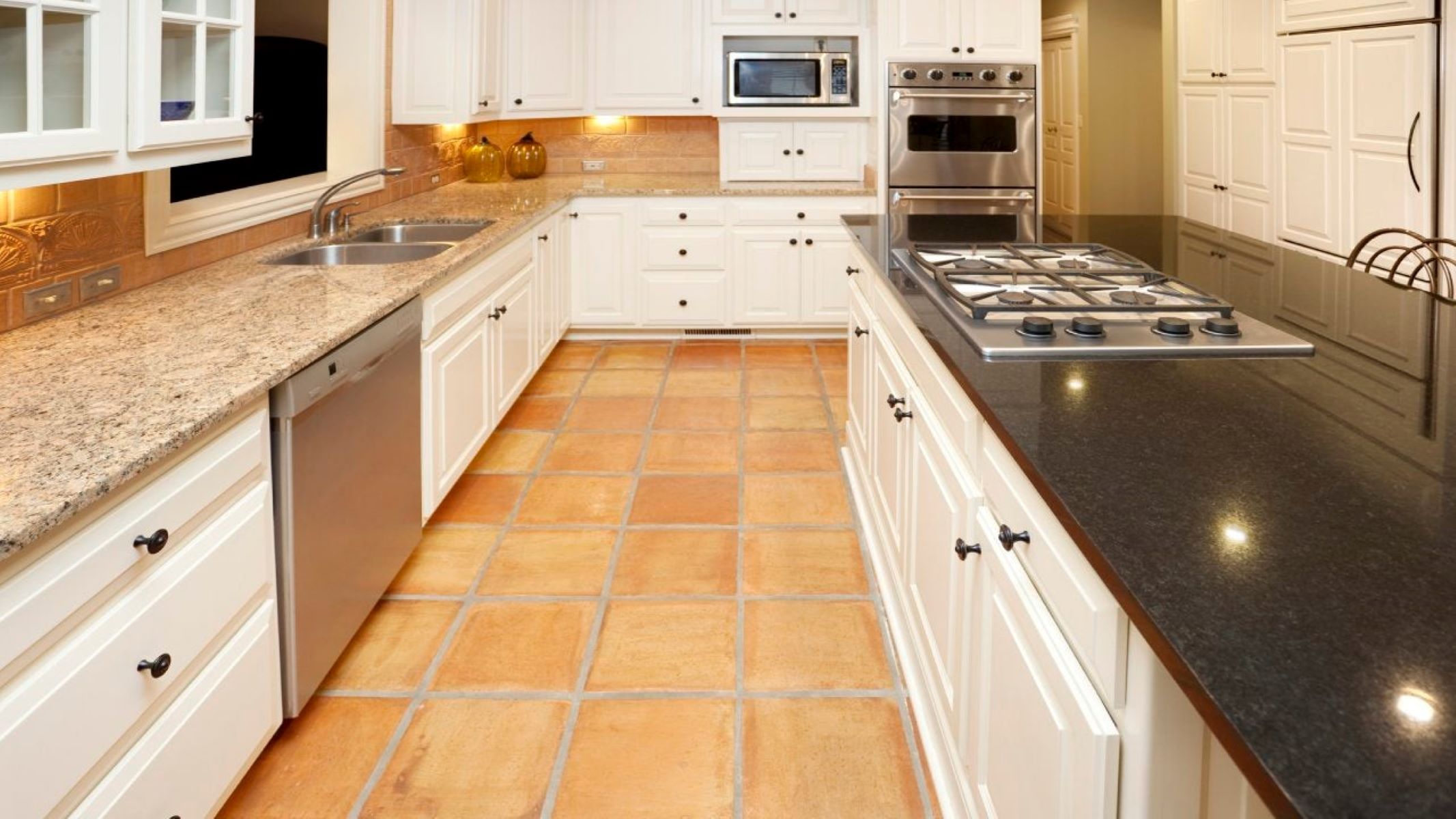

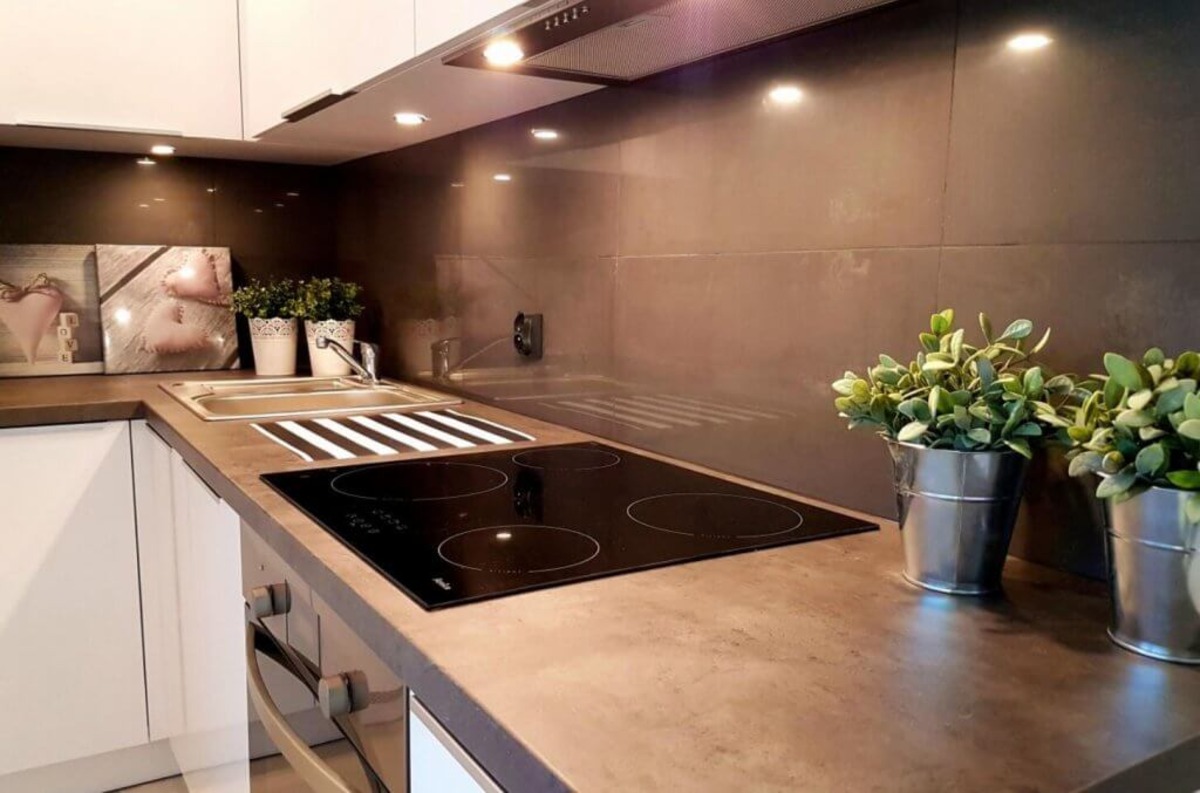
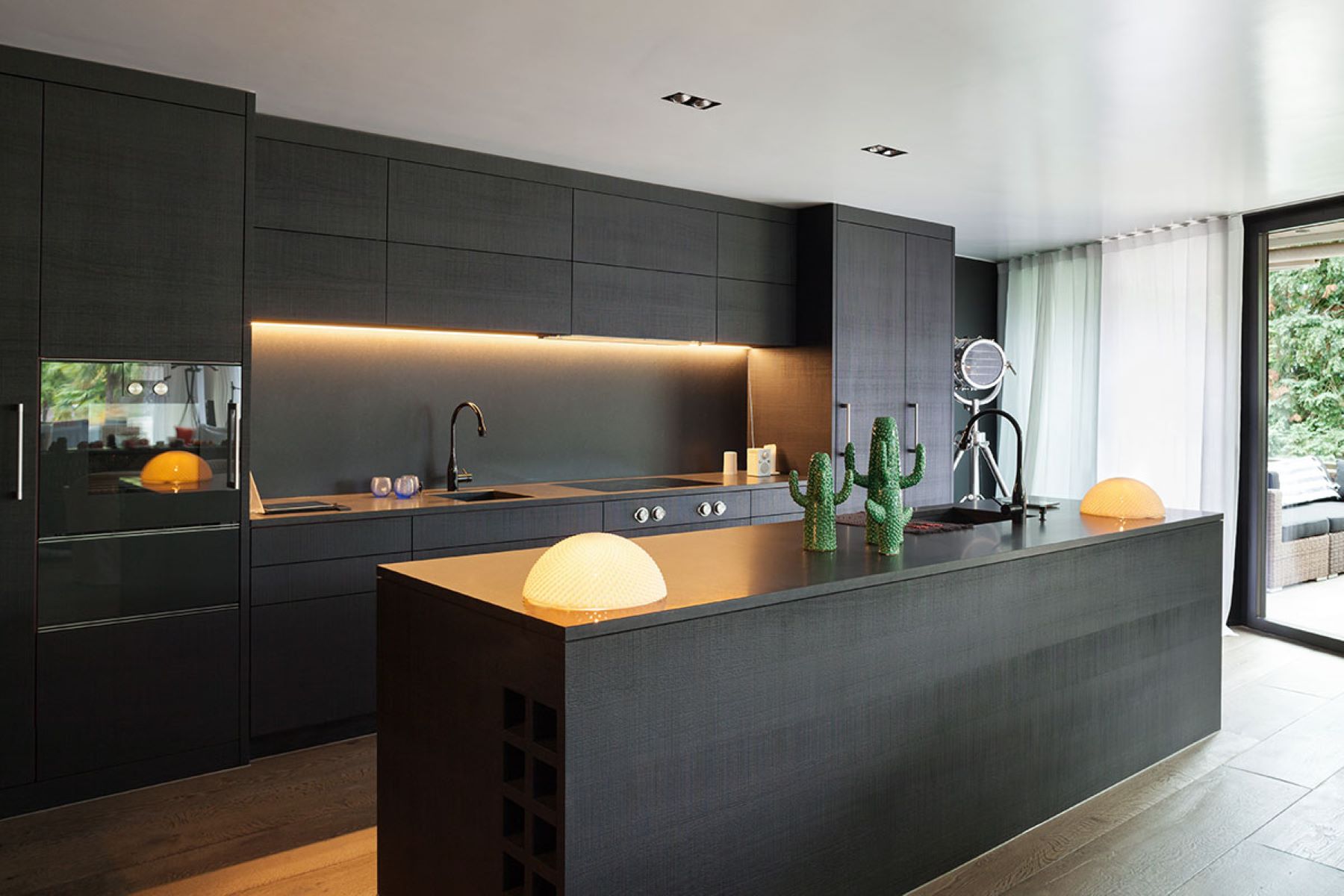

0 thoughts on “How To Change The Color Of Granite Countertops”